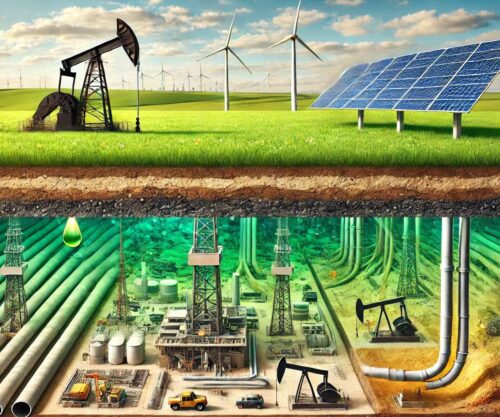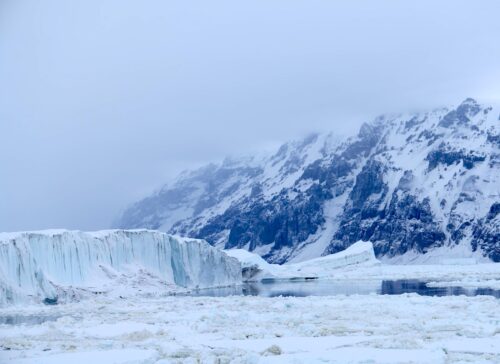
Throughout the last 10,000 years, there have been globally much warmer and more extensive ice-free periods than observed in the modern era. [emphasis, links added]
“There is reliable geological evidence that the temperature of most warming phases in the Holocene were globally higher or similar to that of the current warming period, Arctic sea ice was less extensive, and most mountain glaciers in the northern hemisphere either disappeared or were smaller.”
Cold periods, like warm periods, are driven by natural solar forcing mechanisms. The last of which was manifested in the 19th century.
“A solar forcing mechanism has steered Holocene climate change, expressed by 9 cooling phases known as Bond events.”
The recent warming is part of a natural cycle, not a consequence of human activity.
“The modern warming is part of a climatic cycle with a progressive warming after the Little Ice Age, the last cold episode of which occurred at the beginning of the 19th century.”
There is thus nothing unprecedented or even unusual about the modern climate state.
Any claims to the contrary are “not supported by the geological data.”

Read more at No Tricks Zone



















Author Ken Richard is wrong about everything.
No data about top of the atmosphere TSI until the late 70s
NASA satellites have shown a slight decline in top of the atmosphere TSI
since the late 70s … which of course, could not cause any global warming.
Sunspot counts turned out to be a terrible proxy for top of the atmosphere TSI. Sunspot counts grossly exaggerate tiny changes in incoming solar energy.
Over geological timescales, Earth has predominantly been in a hothouse state, characterized by high temperatures and an ice-free surface. This has primarily been caused by high concentrations of atmospheric greenhouse gases, mainly carbon dioxide ((CO_{2})), driven by volcanic activity and plate tectonics. Atmospheric CO2 concentrations have been declining for billions of years, absorbed by nature.
Over the past few billion years, the Sun’s incoming solar energy has slowly but steadily increased. Astrophysical models show that our Sun was originally about 70% as bright as it is today.
The cyclic changes in incoming solar energy based on planetary geometry are described by the Milankovitch cycles. These cycles are the long-term, predictable variations in Earth’s orbit and axial tilt that affect the distribution and intensity of solar radiation reaching the planet, influencing long-term climate patterns like ice ages. The three main cycles are eccentricity, obliquity, and precession.